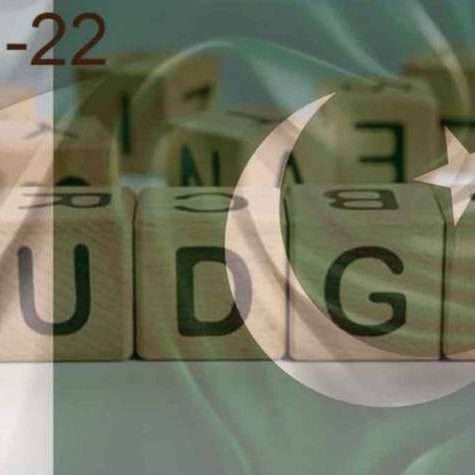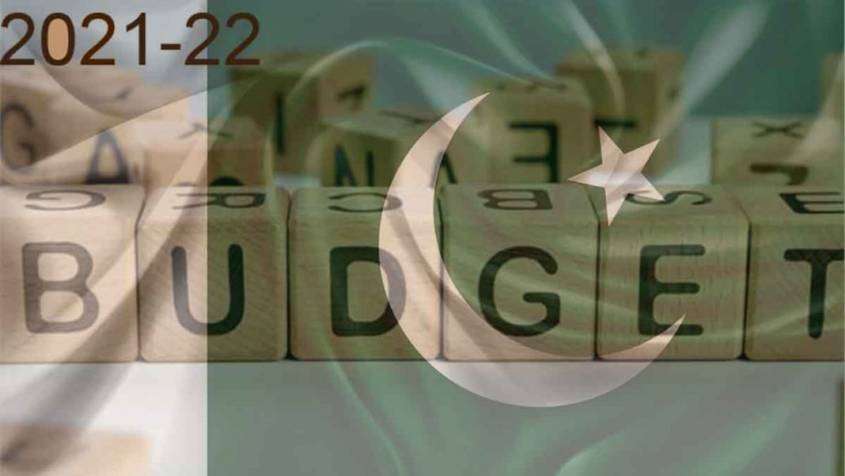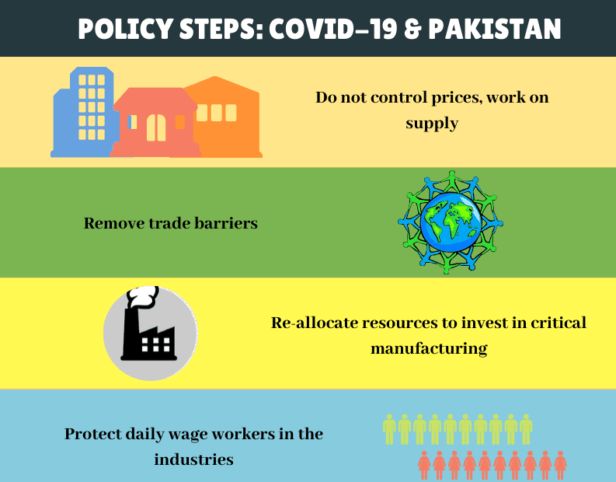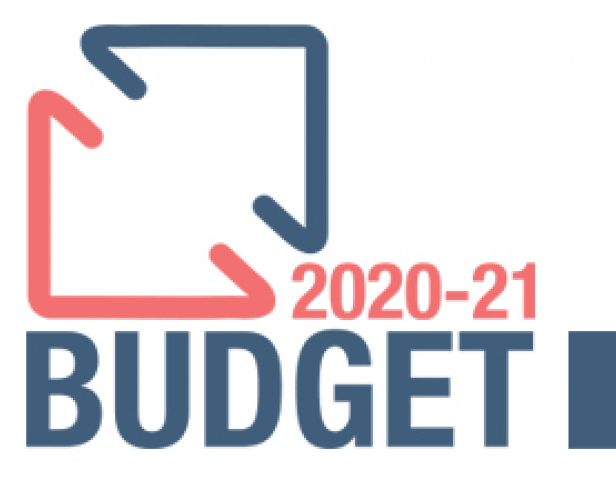A Case Study of Auto Industry in Pakistan (Draft Note for Discussion)
Vision for Economic Transformation

This is a Draft Note for Discussion authored by PRIME’s Research Economist Mr. Tuaha Adil. The policy note comprises valuable inputs from the members of the Economic Advisory Group.
The transformation of an economy is contingent upon the utilization of resources in the most productive manner. Sectors of the economy will operate at maximum potential when business conducive ambiance is created through favorable and ease promoting government policies. The economic transformation policy based on the identification and resolution of contemporary structural and sectoral inefficiencies and futile economic policies is inevitable for the prosperity of the country. The performance of the auto sector is analyzed as a case study to evaluate the efficiency of government industrial policies. The government’s policies and initiatives to expand the auto industry are based on the assumption of latent comparative advantage. Therefore, domestic auto companies are protected from international competition through tariffs and tax cuts. However, the outcome of policies and performance of the sector have been unsatisfactory due to confinement to assembly of vehicles and nonexistent localization of products. The policies adopted by countries having developed automobile industries have also been discussed to evaluate shortcomings of the policies adopted in Pakistan.
Click below to read the full report;













